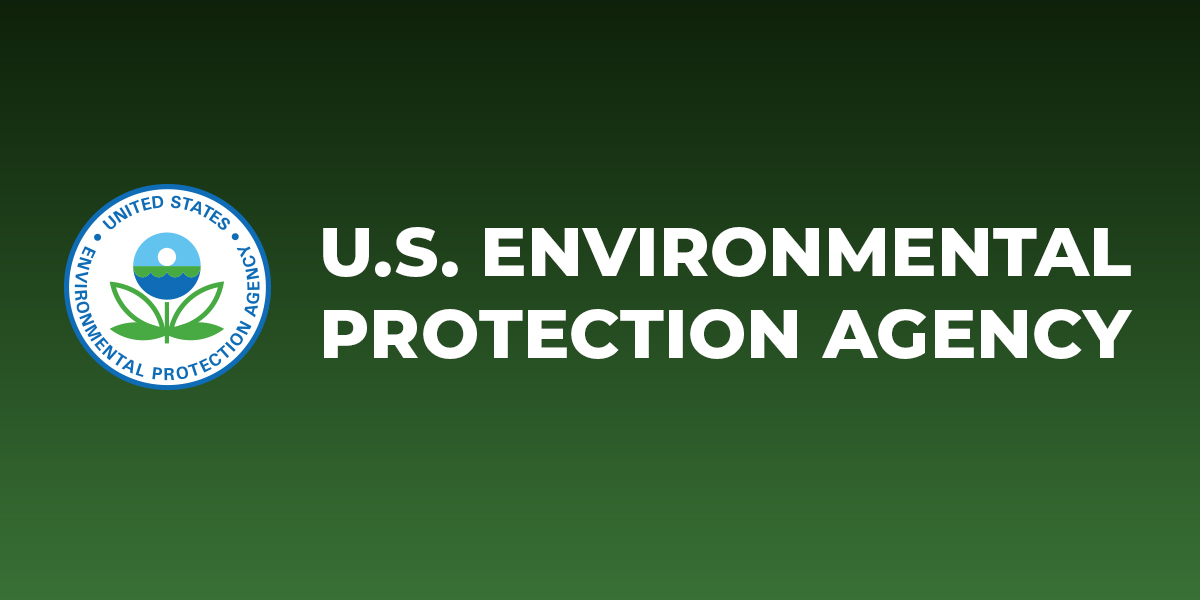goalerjones
Well-known member
- Oct 24, 2011
- 1,405
- 54
- Parrots
- Hahn's macaw, RIP George, Jenday Conure
Title states my question. We are doing an HVAC cleaning and one company uses this product.
If not:
If not:
- How long a period for safe levels?
- Anyone have personal experience?
- Other products which are bird-safe?

